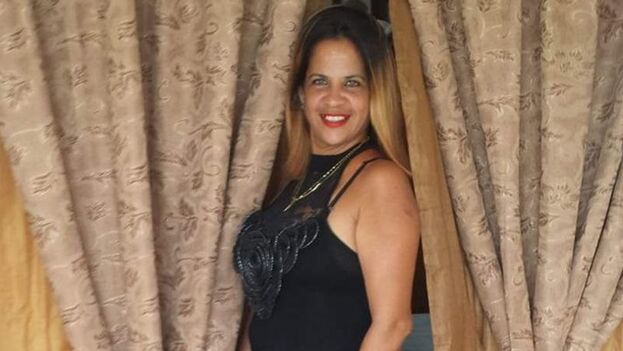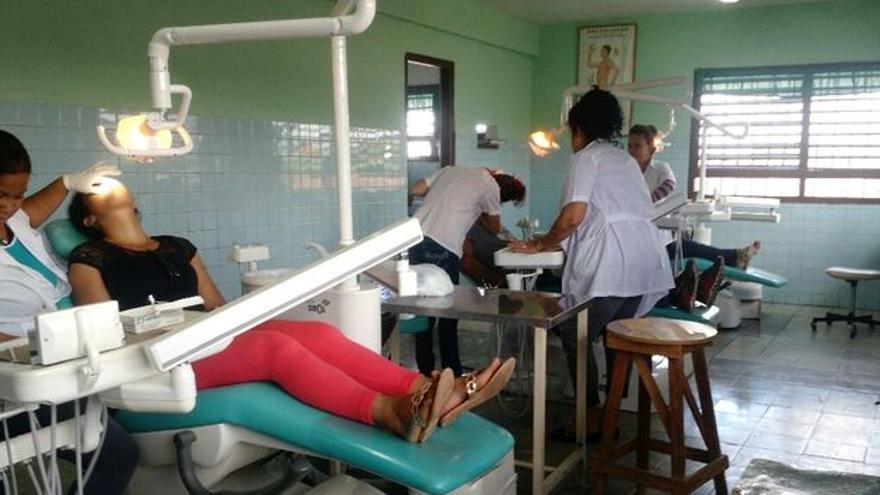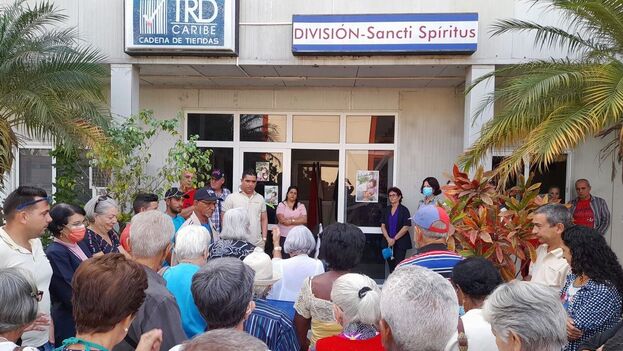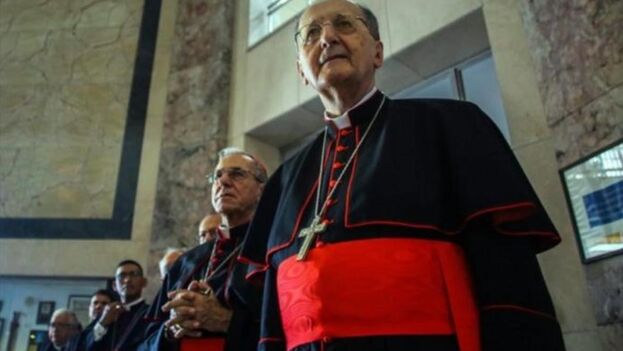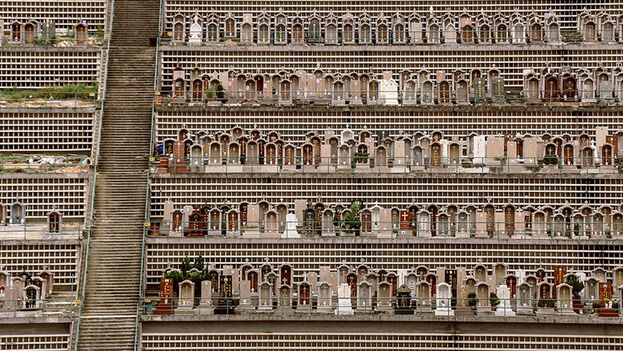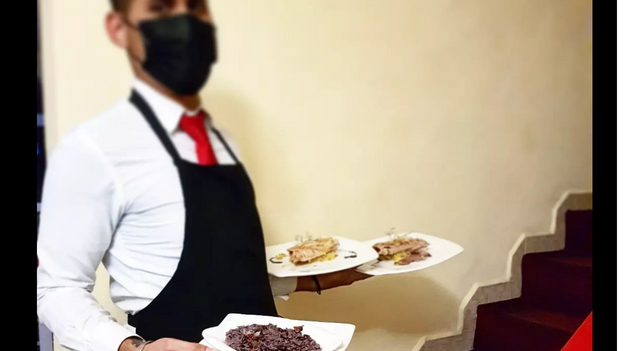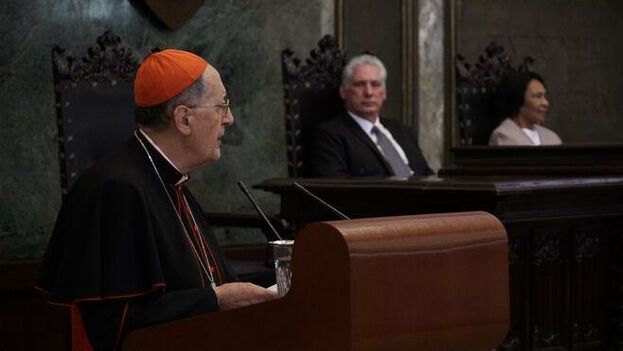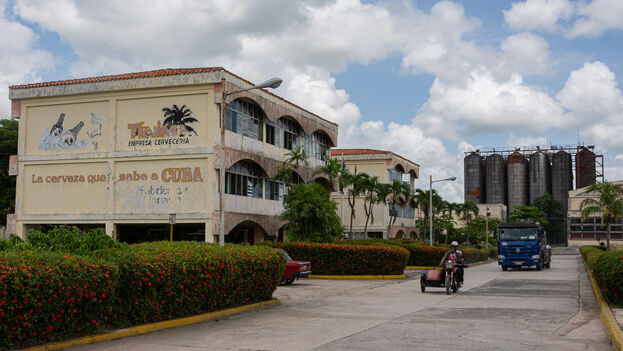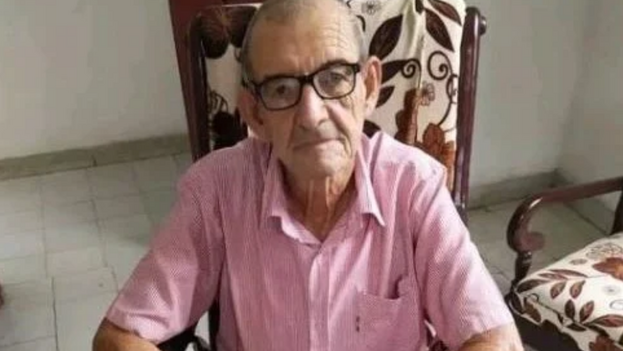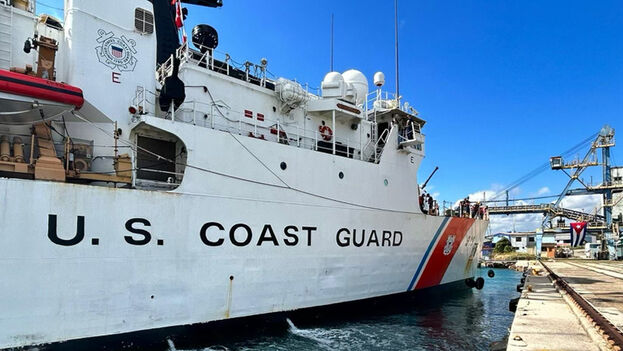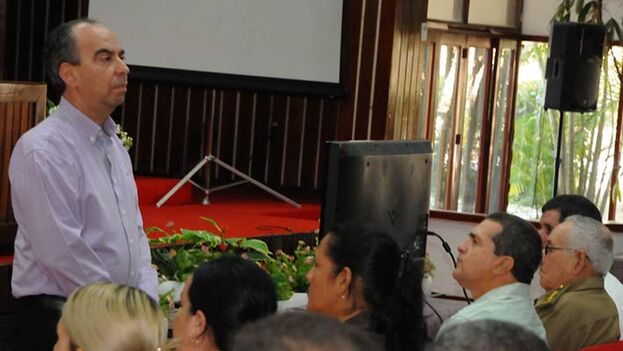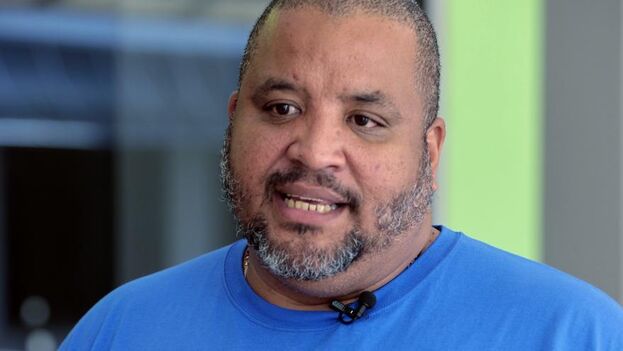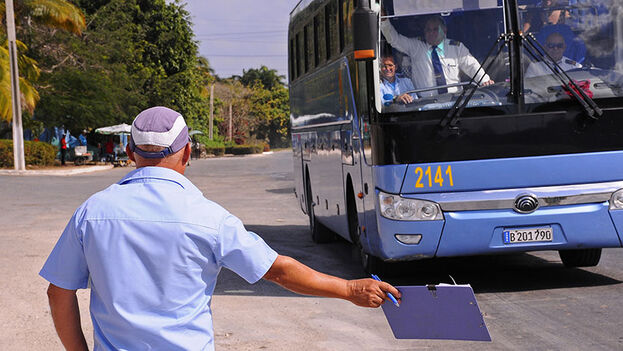
![]() 14ymedio, Havana, 14 February 2023 — The national transport company of Ciego de Ávila was far from fulfilling its 2022 plans and left at least 84,313 passengers at the curb. Among the reasons is the lack of buses, since of the 17 that the company owns, only eight work and sometimes even they don’t arrive. The inability to get batteries, tires, glass and other spare parts destroyed last year’s data, although determining its size is a confusing undertaking.
14ymedio, Havana, 14 February 2023 — The national transport company of Ciego de Ávila was far from fulfilling its 2022 plans and left at least 84,313 passengers at the curb. Among the reasons is the lack of buses, since of the 17 that the company owns, only eight work and sometimes even they don’t arrive. The inability to get batteries, tires, glass and other spare parts destroyed last year’s data, although determining its size is a confusing undertaking.
In a note published this Tuesday by the province’s official newspaper, Invasor, it is reported in general terms that last year’s plan was to transport “more than 230,000,” riders, although later Inaudis Figuera Ferrer, head of the operations group, indicated that “of 180,912 passengers for 2022, 84,313 were missing when completing the statistics for the year,” which adds up to a projection of 265,225.
In any case, for 2023 the forecast has been streamlined, estimated this year at 155,681 passengers, data that the official newspaper considers “not so pretentious” (sic).
The company not only did not make a profit due to the large number of passengers it left unable to carry, but its losses were relatively high, reaching 504,000 pesos. According to the group’s head of accounting, María Caridad Águila Cuéllar, the increase in the cost of parts and spares is the cause, since a tire costs approximately 7,000 pesos. continue reading
The deficit, however, improves compared to the previous year, when the pandemic paralyzed transportation and the company lost around three million pesos. Compared with the benefits of more than five million five years ago, according to Invasor, the data is catastrophic and, to try to raise the numbers, some measures summarized by Águila Cuéllar were taken, including leasing premises and three buses to the private sector, despite the limited availability of vehicles.
The official added that since June 2022 the interprovincial service has been subsidized at 0.05 cents per kilometer, which increased income – or reduced losses, in this case – by 180,000 pesos per month. In addition, in October the rate rose from 6.96 to 13.96 pesos. Based on these calculations, the company calculates to end the year with profits of 1,149,000 pesos.
The only objective achieved is that of interurban passenger transport, as the projection was 54,070 passengers and the actual number was 101,206, despite the fact that the routes were reduced by four since 2019, when the routes to Niquero, Camagüey, Cienfuegos and Havana disappeared on the schedule at 1:30. Consequently, the number of drivers was also reduced, but the head of Human Resources admits that there should be 24 drivers and 22 are hired.
The article leaves a piece of information that the company considers positive, and that is that there was no shortage of fuel, since it received more than what was required, which was 410 tons. For this year, the energy specialist estimates that 390 tons will be needed.
The data abounds in the provincial transport crisis that the same newspaper Invasor announced three weeks ago. According to the statistics of the Provincial Transport Company of Ciego de Ávila, 7,700,000 passengers traveled, barely a third of the projection (21,937,000). In this case, of the 236 buses owned by the company, only 90 are in good condition.
The critical situation in Ciego de Ávila, a province located in the center of the Island, affects mobility beyond the borders of its territory. Many travelers from other regions of the central west use the buses that arrive from the Ciego de Avila terminals to travel to the Cuban capital or other western municipalities, so the drop in the number of routes that depart from the province affects them by forcing them to resort to private transport.
____________
COLLABORATE WITH OUR WORK: The 14ymedio team is committed to practicing serious journalism that reflects Cuba’s reality in all its depth. Thank you for joining us on this long journey. We invite you to continue supporting us by becoming a member of 14ymedio now. Together we can continue transforming journalism in Cuba.

